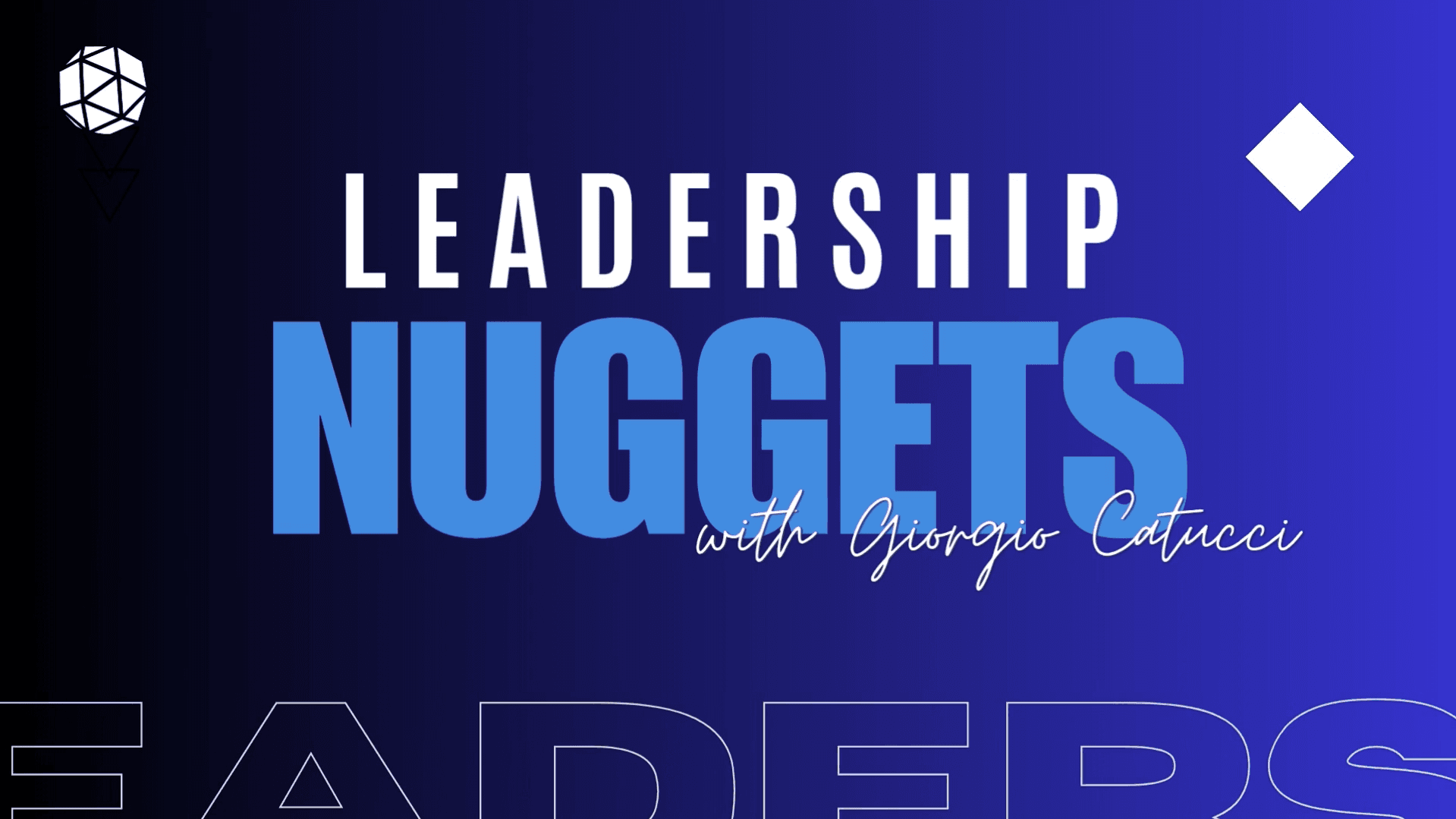Closing the Divide: How Actually to Put People First

Image is from freepik.com by @upklyak
People, people, people—"We’re all about the people"—It's the mantra of many companies I've worked with in the past decade.
But here’s a perplexing truth: despite these stated values, it’s getting harder and harder for companies to find the resources to support, nurture, and develop people.
Recently, I was talking to a CIO of a mid-sized company of about 7,000 people who struck me with the following comment: “If I ask for $16 million for servers, they’ll say, ‘That’s tough, but we’ll make it happen.’ If I ask for $20 for people, they’ll say, ‘No way.’”
There's a disheartening disconnect brewing—one that raises critical questions about the true value placed on employees. I've heard versions of this story repeated over and over throughout the past few years.
Here’s how I've observed it play out—
About two and a half years ago, fearing a potential recession, most companies suspended employee development programs. Since then, not only did the economy fail to significantly improve, but companies operating without these programs went without noticing immediate negative repercussions. As a result, the impetus to bring back these programs and budgets was hard to find.
Yet, the people-centric mantras that decorate the walls and value statements of companies are correct. It is people who run the servers, people who face the customers, people who make the sales, and people who make the decisions.
So, how do we bridge this gap? How do we move from lip service to genuine, impactful employee experience?
Pulse on the People
From countless conversations and observations, I've seen a workforce grappling with feelings of being unheard, undervalued, and overwhelmed. Whether facing issues without much progress, underequipped for the job, overloaded with tasks, or getting underrecognized, the overall feeling is that their ideas don’t matter, and upper management doesn’t care about them.
Of course, there are hundreds of companies where this generalisation doesn't apply, which you may work at. However, as your objective resource, it would be a disservice not to highlight the larger overall trend I'm seeing.
Regardless of why, many employees are becoming disengaged and losing their sense of loyalty and satisfaction. This is causing many issues for their organisations, affecting everything from company culture and employee retention to the bottom line.
Read: Why Your Company's Future Depends On Putting People First
See Them, Hear Them, Unburden Them
To improve employee experience, I advocate for a three-pronged approach: ‘See Them, Hear Them, Unburden Them.’
- See Them: Get to know the human being sitting before you. Look beyond the job title and understand their aspirations, challenges, and unique perspectives. One practical step is to create an employee journey map, identifying key experiences from onboarding to daily work life. This exercise highlights both pain points and moments of delight in the employee experience.
- Hear Them: Create space and time for authentic expression. But beware of cold surveys that ask vague questions like "Are you stressed?" Instead, design surveys with open-ended humanistic questions that invite real dialogue. For instance, "What's one thing that would improve your work life?"
- Unburden Them: When workloads become overwhelming, employees lose sight of their 'why' and struggle to find meaning. Conduct a workload analysis to identify and eliminate unnecessary tasks. This isn't just about efficiency; it's about creating space for meaningful work that connects employees to their purpose.
The Insight Grid: Getting Inside Employee’s Heads
In the absence of people-focused spending, managers and leaders who care must use the tools available to gain intelligent and insightful empathy—so that they can act on that awareness. One powerful tool for understanding your employees is the Insight Grid. This simple exercise can provide a wealth of information about what your team members are really experiencing.
Here's how it works:
- Draw a large cross on a piece of paper, creating four quadrants.
- Label each quadrant with one of the following: Say, Think, Do, Feel.
- Fill in each quadrant with your observations and insights about your employees.
Insight Grid
Say
|
Think |
Do
|
Feel |
Insights by Juliet Funt I Image by Leaderonomics
For example, in a recent workshop, one leader shared:
- Employees Say: "I'm having problems with coworkers."
- Employees Think: "I lack assistance in dealing with these issues."
- Employees Do: "Try communicating with leaders and HR but are not making progress."
- Employees Feel: “Abandoned and ignored.”
This exercise is all about putting yourself in your employee's shoes. You can gain these insights through surveys, conversations, focus groups, or casual conversations. If that sounds like it'll take some time, it will, but ignoring these issues has a profound cost.
Once you've completed your grid, post it somewhere visible, and try to take one action each week to address any single item on the chart. Revisit the exercise biannually or annually.
Read: Great Leaders Develop People Intentionally
Three for the Road
Now, let's talk about recognition. While "fun" initiatives like pizza Fridays or office outings have their place, they often fail to provide genuine, meaningful recognition. True recognition goes deeper, acknowledging the whole person and their contributions in ways that resonate personally and professionally.
Here are my top three favourites for you to try:
- Executive Lunches: Host casual lunches where recognised junior employees can discuss their ideas and contributions directly with senior executives. This recognises their work and gives them a voice in shaping the company's future.
- Impact Storytelling: Create a company-wide platform where employees can share stories of how their work has positively impacted customers or the community. This will connect their efforts to a larger purpose and publicly acknowledge their contributions.
- Personalised Workspace Upgrades: Allow recognised employees to choose meaningful upgrades for their workspace, such as ergonomic equipment or technology that enhances their productivity and well-being. Environment is everything.
The journey from "people, people, people" platitudes to a genuinely people-centric culture is not a straight line. It's a winding path that requires constant attention, adjustment, and, most importantly, action. As leaders, we must be willing to look beyond the surface and dive deep into our teams' lived experiences.
The tools we've explored today—the Insight Grid, the See-Hear-Unburden approach, and meaningful recognition—are not silver bullets. They are the building blocks of a new approach to leadership, one that recognises the full humanity of each team member, and therefore leads the company to lasting success.
This article was also published on Juliet Funt's LinkedIn
Edited by: Kiran Tuljaram
Leadership
Tags: HR, Leadership & Development (L & D), learning, Talent Development, Transformation & Change





